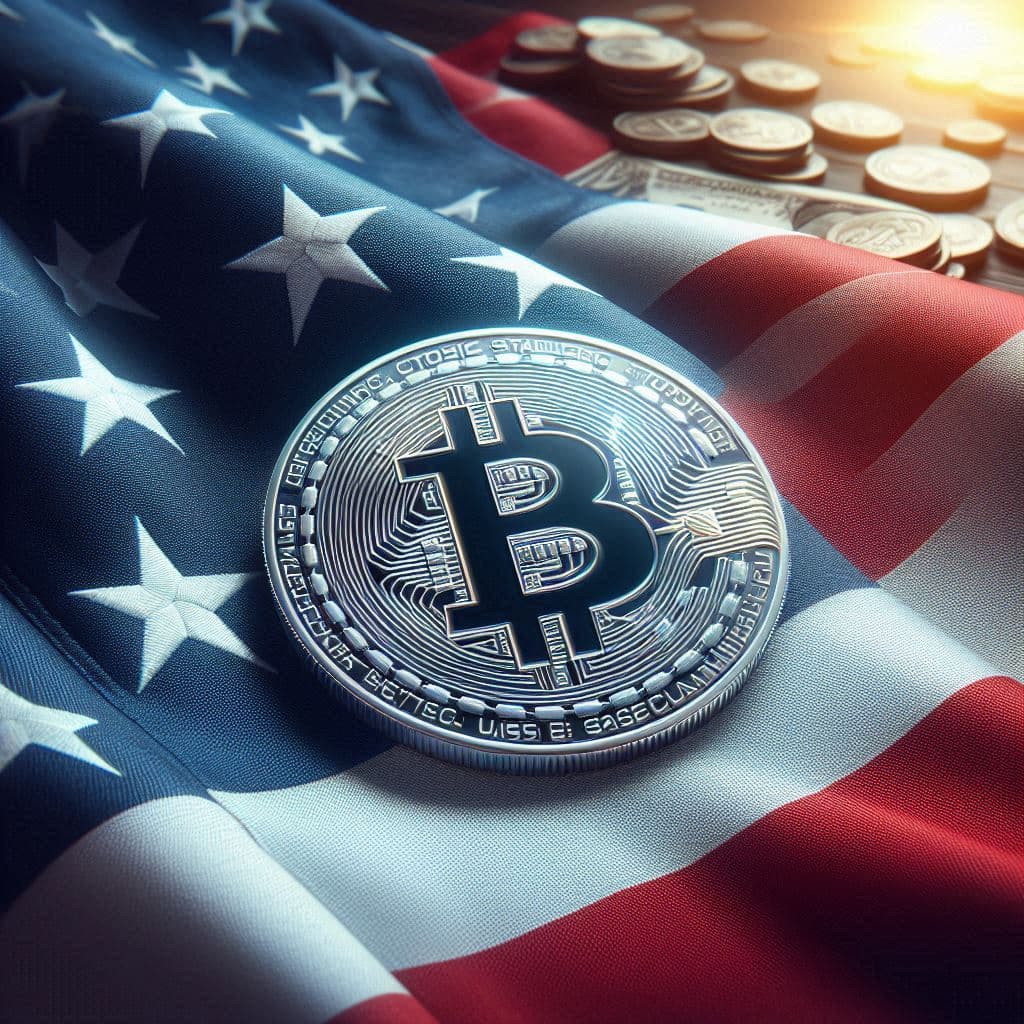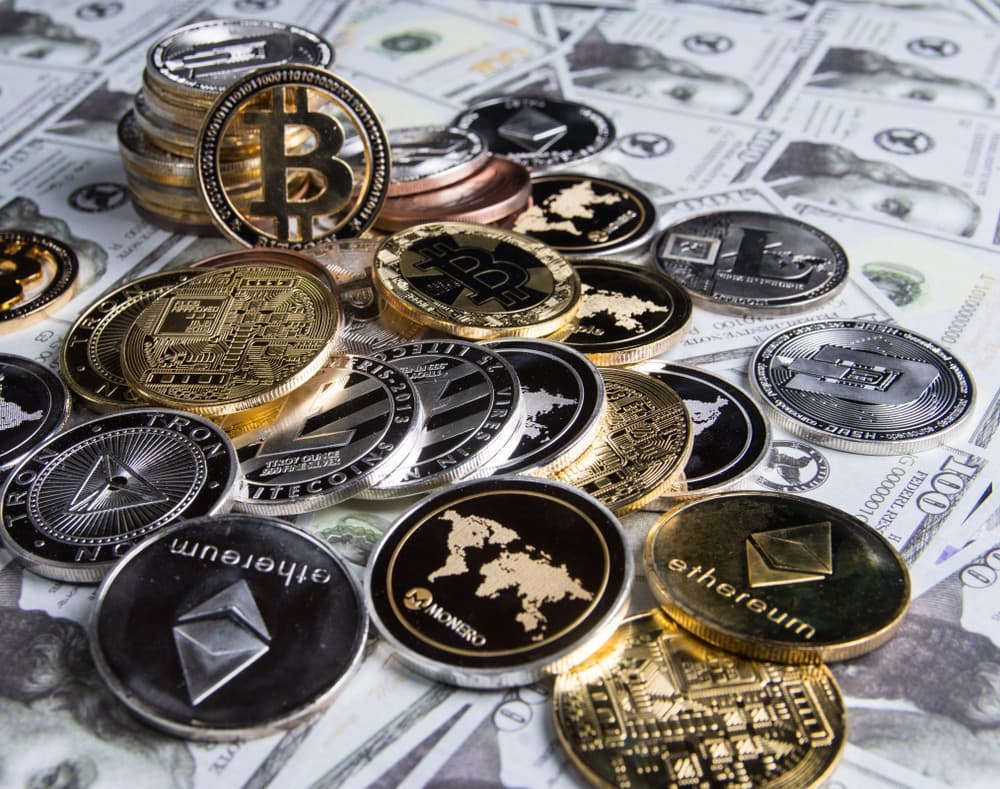
You could say markets threw themselves a parade this week.
The S&P 500 and Nasdaq both closed at fresh all-time highs, gold finally broke through $4,000 an ounce, and Bitcoin — never one to miss a headline — spiked past $122,000 for the first time.
Somewhere, a CNBC anchor is probably popping champagne, while a TikTok influencer explains “hedging” with a line of emojis and a laser-eyed filter.
As one Wall Street Journal columnist quipped yesterday, “Even the bears are making money; they just don’t want to admit they own Bitcoin.”
It’s that kind of week — the sort of exuberance where traders congratulate themselves for being smart, and philosophers quietly mutter that luck still explains most of it.
Treasury Secretary Scott Bessent, in a characteristically academic moment, described the current phase as “a Schelling Point for global capital.”
The term, borrowed from Nobel laureate Thomas Schelling, describes the natural points where human expectations converge — like moths around a lamp.
When in doubt, we gather around what feels obvious. Penn Station at noon. Gold at $4,000. Bitcoin at six figures. The S&P at “new record highs.”
Everyone sees what everyone else sees. And sees everyone else seeing it. The moments feel like they happen in real time, in what our buddy Mark Jeftovic has been calling the metasphere.
Spontaneous order at market speed. It’s powerful — and dangerous. And why we’ve been warning of a “terrifying bull market” in stocks.
 Gold at the Round Number
Gold at the Round Number
So here we are. Gold above $4,000 — not just a number, but a round one. A headline. The old-school gold bugs are purring with schadenfreude. The critics of fiat money are vindicated. Federal workers waiting for back checks are watching.
Retirees and private investors are giving gold itself another long look as more than a store of value…. a rising asset.
Bloomberg’s John Authers released an interesting perspective yesterday:
“Denominate U.S. stocks in gold rather than dollars, and they’ve been in decline since the dot-com bubble burst 25 years ago. Stocks elsewhere have done even worse.”

John Authers’ analysis on Bloomberg is worth considering. We like it as confirmation of an investment thesis we’ve had for several decades. (Source: Bloomberg)
As hard as it is to reconcile the data with the S&P’s confetti, metals whisper truths that inflation data and money managers tend to deny.
“Precious metals have outstripped industrial metals to a record extent,” Authers notes, “behavior seen only during extreme alarms — the pandemic, and the 2008 crisis.”

As the monetary system strains under a global crisis in confidence that politicians can rein in deficit spending, precious metals are reasserting their role as a hedge against systemic… not at a historic pace. (Source: Bloomberg.)
Morgan Stanley’s notable bear, Michael Wilson, observed yesterday that in today’s bull market, “stocks and gold are both inflation hedges. One celebrates it. The other warns of it.”
 The Optimism Paradox
The Optimism Paradox
Wilson’s analysis reads like a tale of two Americas.
In 2000, stock valuations were sky-high because people believed in the future — real wage growth, balanced budgets, productivity gains.
Today, valuations are nearly as high, but optimism is of a darker sort. Investors expect inflation to stay high, government debt to balloon, and the Fed to remain indulgent.
The S&P 500’s value in gold terms is 70% below its 2000 peak. Stocks buy you less real value than they did when dial-up tones still screeched. “Optimism now,” Wilson said, “is predicated on rising inflation.” That’s not the kind of optimism anyone wants to sustain.
Still, the market loves its own reflection. Free cash flow yields are strong. Margins are wide. AI is still the hero of every earnings call. For now, that’s enough.
 Gold’s Pop Psychology
Gold’s Pop Psychology
On X, the debate is as lively as the price ticker. “I like how after gold goes on a once-in-a-century rally,” one skeptic posted, “everyone thinks it’s the best investment ever.”
Another replied: “No one thinks that. They’re just realizing the dollar is worthless. Professionals have known it forever — the normies are catching on.”
And there you have it. A Schelling Point in action — a crowd meeting in midair, arguing about the meaning of money while agreeing, unconsciously, on where to stand.
Frankly, we’d prefer a pullback in the gold price here — 20% off would make it a buying opportunity again. Nothing proves gold’s purpose more than the wish to see it fall.
 Speculation, Served Neat
Speculation, Served Neat
Meanwhile, another emblem of our age: Shayne Coplan, 27-year-old founder of Polymarket, became the youngest self-made billionaire in history this week after the parent company of the New York Stock Exchange invested $2 billion.
The platform, where users bet on everything from elections to celebrity divorces, has hit a $9 billion valuation, up from just $1.2 billion this spring.
It’s easy to scoff — or admire. Bloomberg called it “the gamification of capital markets.” But maybe it’s simply the inevitable next step: prediction as speculation, investing as sport. Everyone gets a ticket, everyone places a bet.
Once upon a time, markets were mechanisms for channeling savings into productive enterprise.
Today, they’re more like social networks with price feeds attached — equal parts casino and cathedral.
 Where We All Meet
Where We All Meet
Gold. Stocks. Bitcoin. Prediction markets. Each a different surface on the same wave — money searching for a story it can still believe in.
The Schelling Point of this moment isn’t one price or policy; it’s the shared intuition that something historic is shifting… even though we haven’t named it.
It’s Friday. It’s a good time to “remobilize our axioms,” as my favorite William F. Buckley quote goes.
We need to stick to our guns and remember that the goal of understanding Grey Swan events as they unfold is to plan, preserve our capital, and earn a good return for the long run. Let’s not get distracted by the market highs or headlines of a terrifying bull!
~Addison
P.S. Next week, we’re organizing a special Grey Swan Live! next Thursday, October 16 — Dollar 2.0: The Final Chapter.
You’re about to discover why October 21st could go down as one of the most important dates in American financial history.
That’s when a rare, federally mandated event could trigger the most powerful wealth shift in more than 80 years.
It could create a $20 trillion boom — and rewrite the rules of money for every American patriot.
For those who move fast…
Gains as high as 12X are in play, before 2030.
Ian King and I had a great time working on this research – and think you’ll benefit from what we have to say about the big changes ahead for the dollar.
More details to come next week – stay tuned!
If you have any questions for us about the market, send them our way now to: Feedback@GreySwanFraternity.



